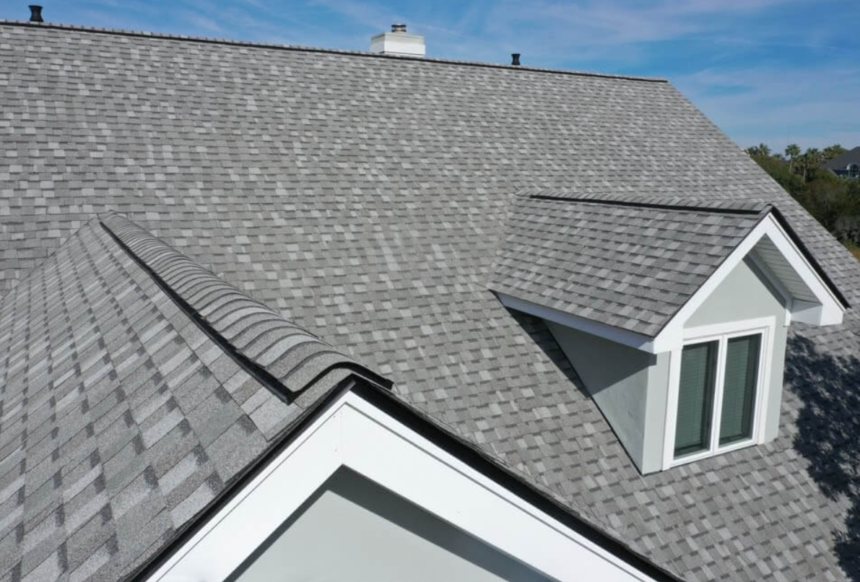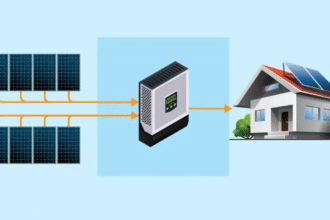Routine Inspections
The integrity of your shingle roof depends on routine inspections. Checking your roof at least twice a year will help you identify minor issues before they become more extensive. Look for wear and tear during your inspections, such as missing or cracked shingles. Remember to inspect the flashing around vents and chimneys. Flashing areas are particularly prone to leaks and may require special attention. Many homeowners opt for reliable roof replacement solutions to ensure their homes remain safe and protected from the elements.
Proper Cleaning
Cleaning your roof regularly can prevent the buildup of debris, moss, algae, and mold, all of which can expedite the deterioration of shingles. This can be done safely with a soft brush or a leaf blower. Avoid using pressure washers, which can dislodge granules from the shingles and cause damage. Remember, a clean roof is more than just aesthetic; it’s crucial for the longevity and functionality of your roofing system.
Gutter Maintenance
It’s crucial to maintain clean gutters to guarantee appropriate water drainage. Water under your shingles may back up due to clogged drains, resulting in leaks and water damage. It’s advisable to clean your gutters at least twice a year when leaves and other debris are most likely to cause clogs. Additionally, after heavy storms, it’s wise to check your gutters to ensure they are free of obstruction. Functional gutters are crucial in directing water away from your roof and home’s foundation, preventing significant water damage.
Addressing Damage Promptly
You should take quick action if you discover damage to your shingle roof. Ignoring minor problems can eventually result in larger, more costly repairs. For example, a small leak can become a big issue and harm your home’s interior and the roof structure. You can avoid future expensive repairs by acting quickly to fix any visible damage, such as patching leaks or replacing missing shingles.
Weather Considerations
The weather can significantly impact your shingle roof’s lifespan. Heavy winds, hail, and extreme temperatures can all cause damage. Understanding how to prepare your roof for weather conditions can significantly affect its durability. For instance, it’s helpful to learn thunderstorm safety tips from the National Weather Service to prepare your roof for severe weather events better. To prevent additional damage, inspect your roof following significant weather events and make any required repairs.
Choosing the Right Materials
Choosing the appropriate materials for your roof can significantly impact its lifespan. Superior-quality roofing and appropriate underlayment will offer enhanced weather resistance. Several shingle materials are out there, each with advantages and disadvantages. For instance, metal or tile options provide greater longevity and aesthetic appeal, while asphalt shingles are popular because they are affordable and durable. You can find the ideal materials for your needs and climate by speaking with roofing professionals.
Professional Services
Even though do-it-yourself repairs can save a lot of money, there are occasions when hiring experts is essential. Hiring a qualified roofing contractor guarantees that every part of your roof is adequately cared for for inspections and repairs. Expert roofers possess the knowledge and tools to identify problems the typical homeowner might miss. Regular professional inspections can help you prolong the life of your roof and address any issues before they become major repair projects.
Sustainable Practices
Incorporating sustainable practices into your roof maintenance can benefit your home and the environment. Consider using eco-friendly cleaning products and recycling old shingles when replacing them. For instance, many companies offer recycling programs for asphalt shingles, which can be reused in paving materials, reducing landfill waste. By opting for sustainable materials and practices, you’re contributing to a healthier planet and often enhancing the durability and efficiency of your roofing system.














